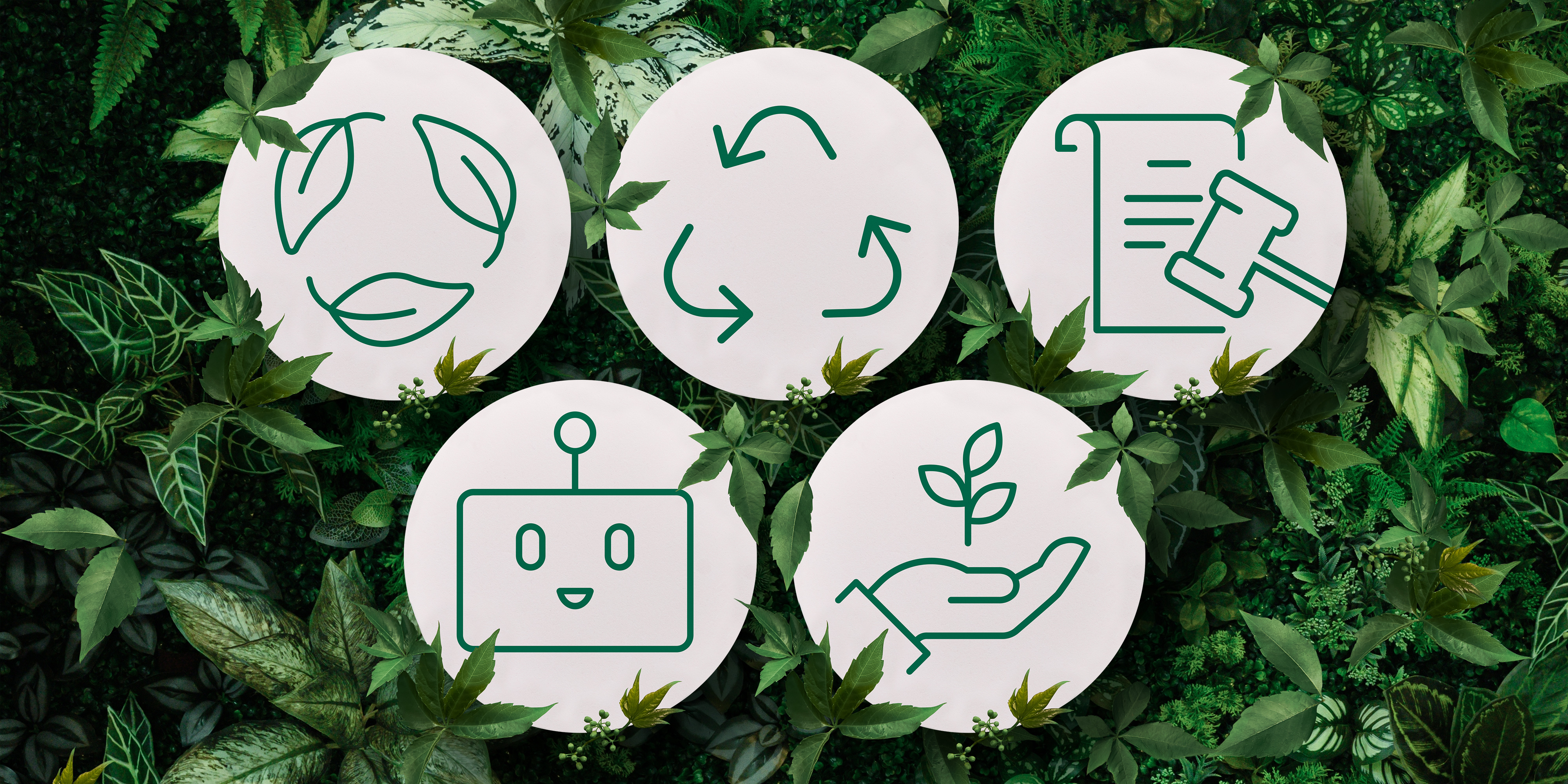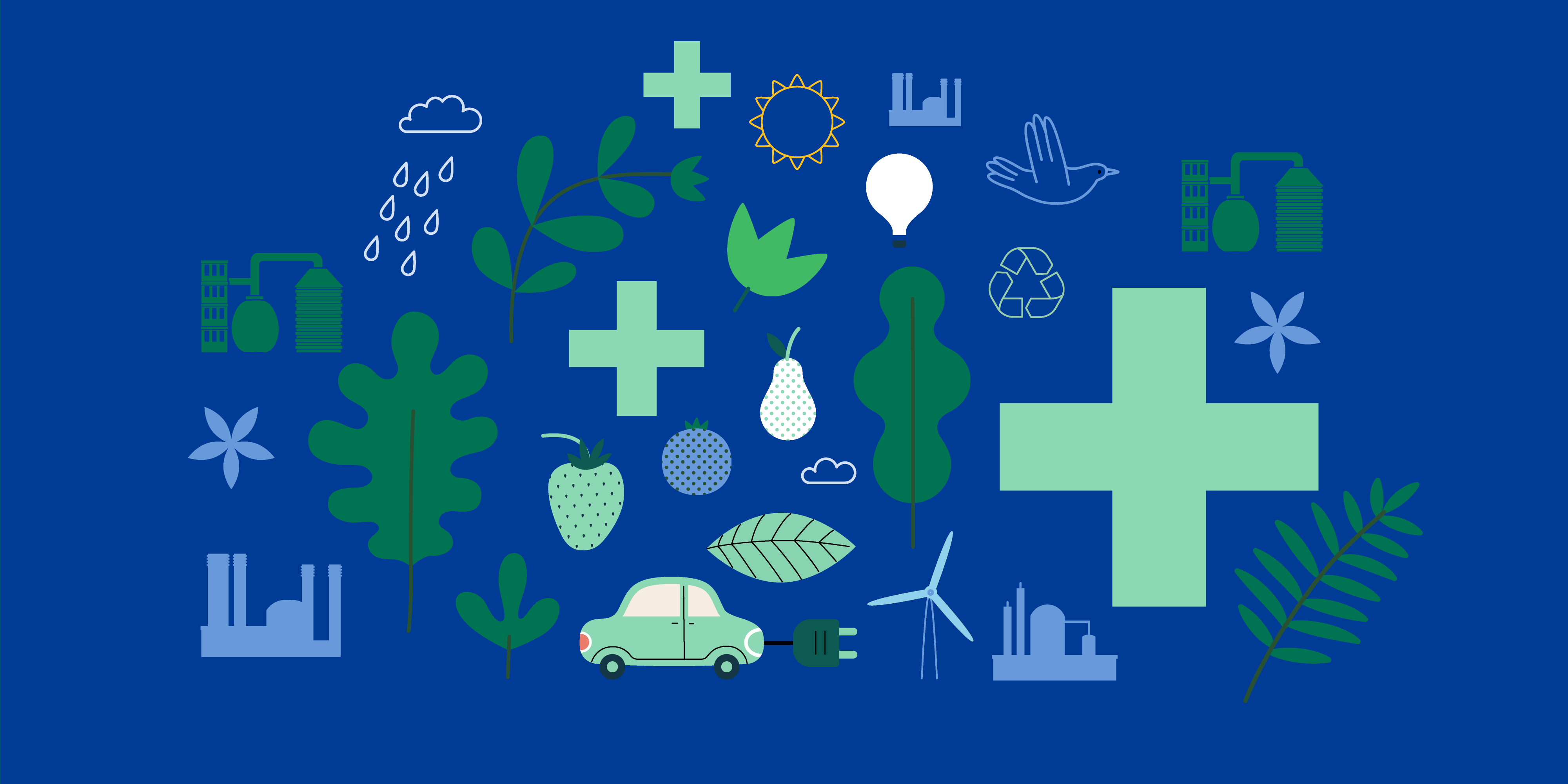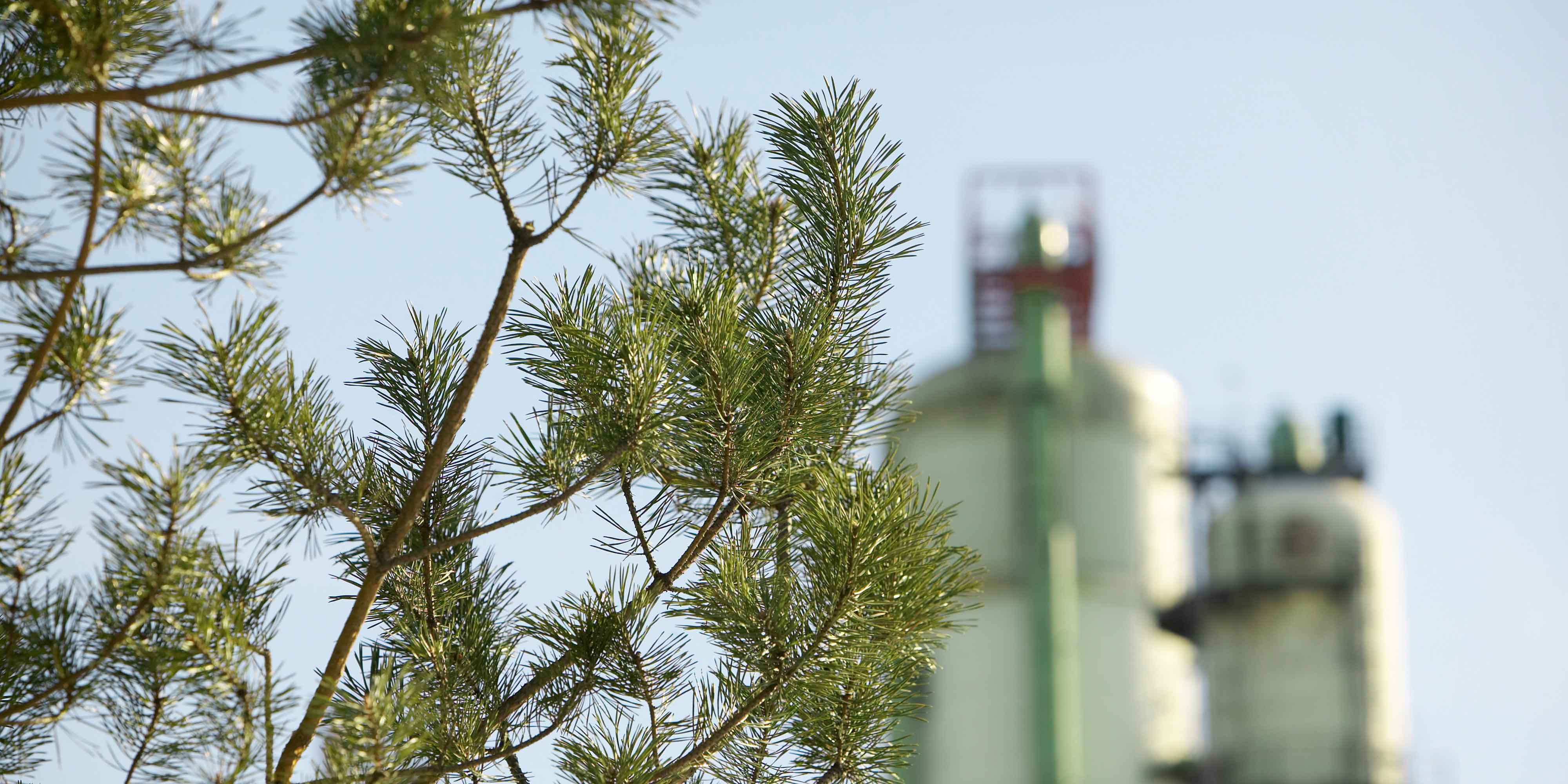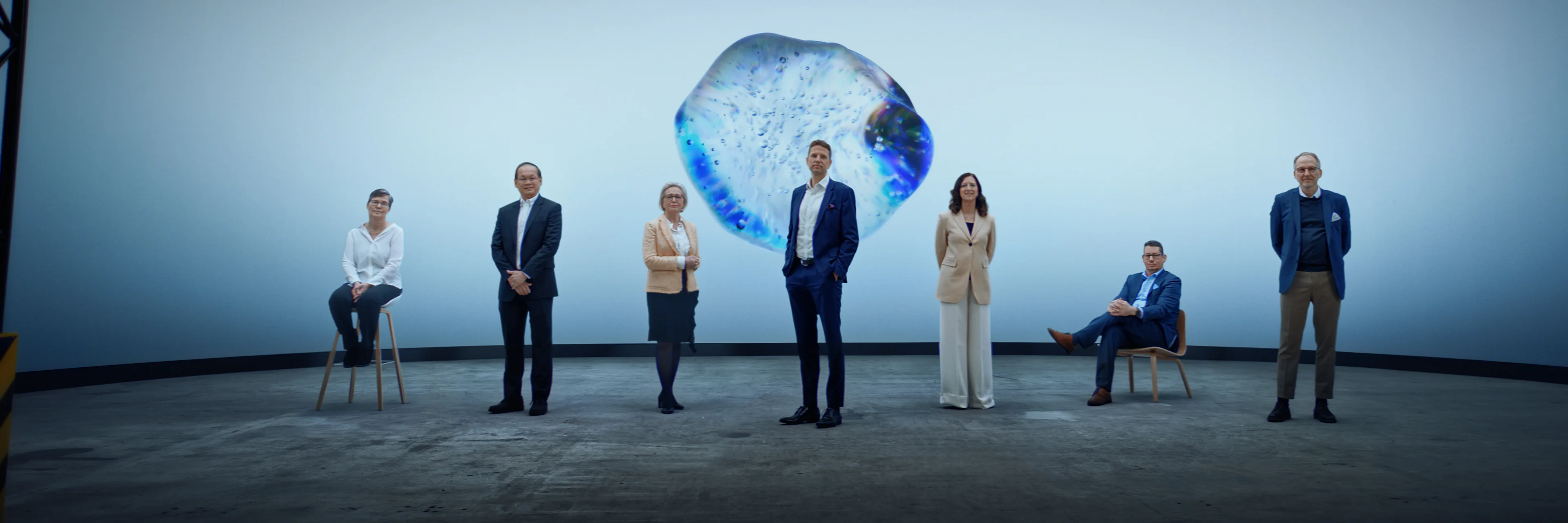
Sustainability
8 minute read
“The key to our success is our people” - The story of Neste’s transformation
Things have never changed this fast – the last 75 years have been a time of transformations for both the world and Neste. Today Neste is on an ambitious journey towards becoming a global leader in renewable and circular solutions. As true transformation never happens by itself, the best way to tell the Neste transformation story is through people – they are the true voices of transformation.
The early innovators
Ulla Kiiski, one of the three original developers of NEXBTL technology, strongly believes that everything starts with innovation: “It’s in our DNA,” she states. “There has to be innovation for us to stay ahead of the competition.”Kiiski explains that originally Neste was founded in 1948 to secure Finland’s oil supply. The first decades of the company were years of steady growth, mostly thanks to the first two Finnish refineries that were built in Naantali in 1957 and Porvoo in 1965. During the following decades, Neste explored various new solutions and developed several lower-emission fuels, such as high-quality lead-free and sulfur-free gasoline and diesel, as well as aromatic-free gasoline for small engines.Kiiski herself has played a crucial role in the development of Neste’s renewable fuels. Because of the patented NEXBTL technology Kiiski developed with her colleagues, Neste was able to start replacing fossil raw materials with oils and fats from renewable origin in the production of high-quality fuels. The company was able to utilize even waste and residues as raw materials to produce top-quality renewable products.
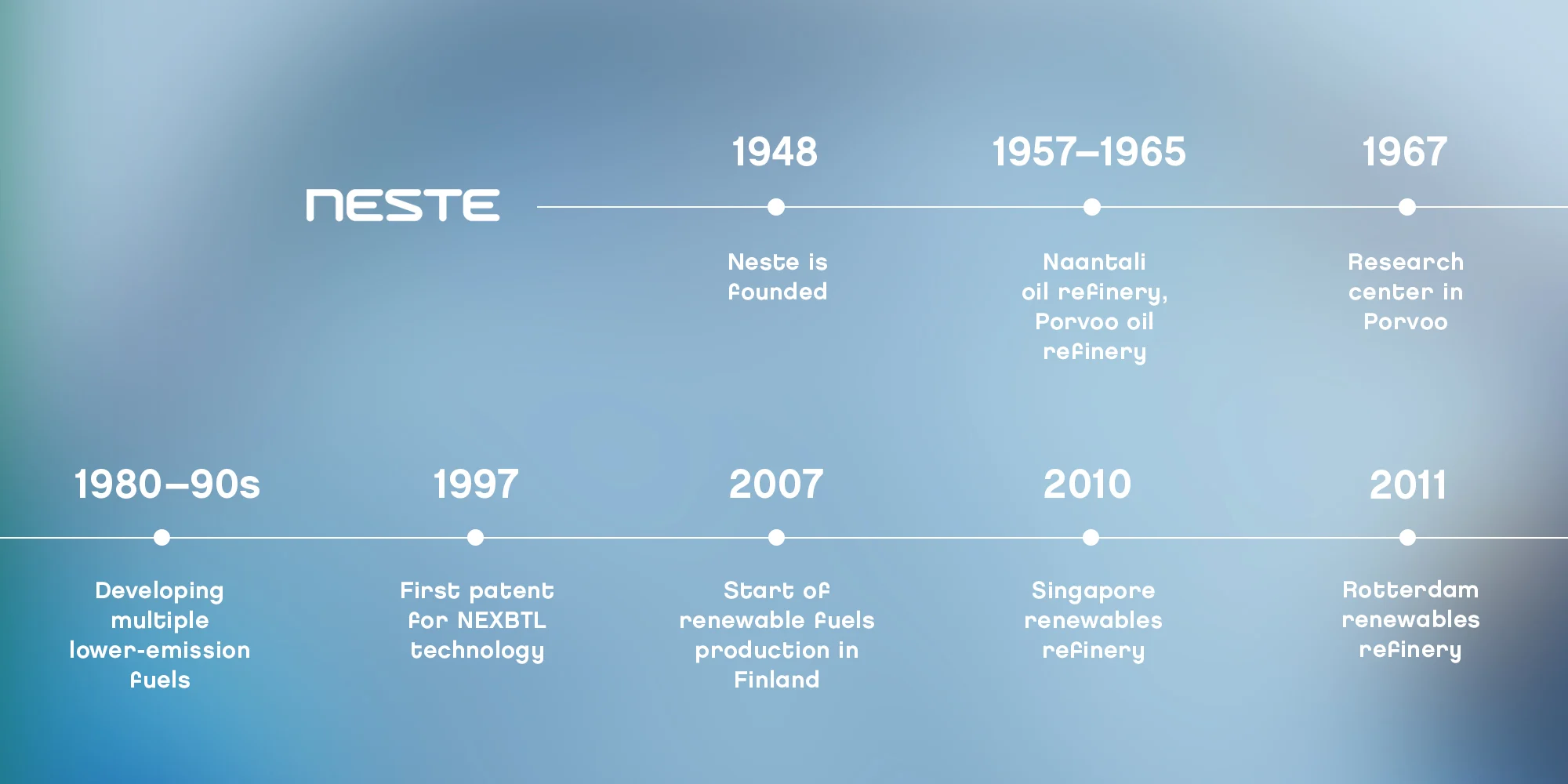
The first patent for the technology was granted in 1997, but the time was not yet right for the full utilization of the technology that would later become the foundation for Neste’s renewable business. “My proudest Neste moment was when the first NEXBTL unit in Porvoo, Finland, started the production of renewable diesel in 2007. It proved our technology worked on a commercial scale,” Kiiski clarifies. “For me, it was a moment of awe, we had managed to do something that nobody had done before. And that also encouraged me as an inventor, ” she explains proudly.
The years of growth
The early 2000s were times of change as there was increased pressure to reduce carbon emissions. Neste made a strategic decision to explore ways to tackle climate change by focusing on growth in renewable fuels. This also meant even more global presence for the Finnish company as new renewables refineries were founded in Singapore (2010) and Rotterdam (2011).
Kenneth Lim, the Refinery Director & General Manager at Neste Singapore explains the new refineries and their later expansion were, and are, a big deal for the company. Neste is able to increase capacity and bring more lower-emission fuels and other renewable products to the global market. “It’s very important that Neste operates globally. The fight against climate change is not a local fight but a global one,” Lim states.
As a native Singaporean he has followed closely how also the perception of Neste has changed over the years: “When I first joined the company, nobody in Singapore knew about Neste. But now when they teach sustainability at local schools – they mention us,” he describes. “And that makes me so proud.”
The bold new strategy
Neste’s transformation didn’t happen by accident. It was due to the business decisions, but also strategic changes in the company culture, ways of working and even the Neste brand.
“The key to our success is our people. No matter how turbulent years we have had, our Neste spirit, doing together, finding new solutions have taken us where we are,” clarifies Hannele Jakosuo-Jansson, Executive Vice President, Human Resources and HSSEQ.
Neste was just the right size to make the transformation happen, large enough to make a difference, small enough to be agile and reactive. “The beginning of our renewables business was quite a bumpy road, but we learned a lot. We faced a lot of challenges and questions from inside the company and also from the outside stakeholders,” Jakosuo-Jansson explains.
Yet the Neste vision persevered, partly due to the company values and the open culture of learning and doing new things. That’s the attitude that is still lived and tested everyday.
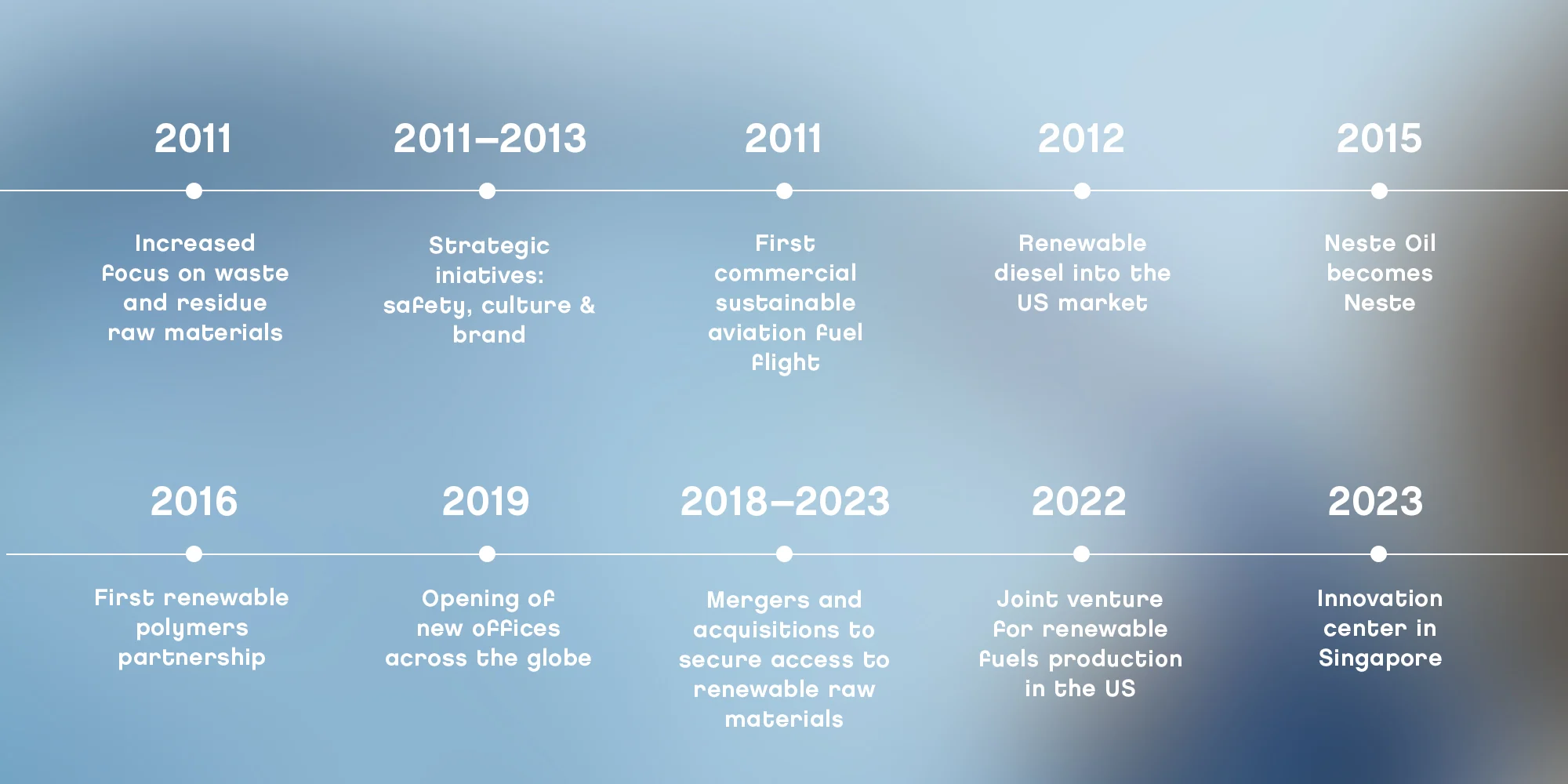
In the 2010s, the US was an increasingly important market for Neste. The company had already successfully operated in the US with cleaner fuels, but still the company was relatively unknown.
Tracy Kiefer, Manager of HR & Administration of Neste US, has been working in the company’s Houston office for over 30 years. She has first-hand experience on how the company had to change to become a household name: “I think the bigger question is how the company has not changed! We went from being totally unknown to an admired and followed company. It's night and day what we were in the past and what we are now,” she explains.
The unique culture and the continuous chances for learning and development have kept Kiefer busy and made her feel like home at Neste: “I have never been bored. There’s always something exciting going on,” she claims. She also has numbers to back the statement up: nowadays Neste employs over 500 people in North America.
In 2015, the company’s name was changed from Neste Oil back to the original name, Neste, to reflect the change in strategy towards renewables. Even before that the company had put increased focus on renewable waste and residue raw materials. In addition to renewable diesel already produced in Finland, Singapore and the Netherlands, Neste continued to develop its drop-in solutions offering with sustainable aviation fuel and Neste RE, a more sustainable raw material for polymers and chemicals production, that were critical steps in changing what type of products Neste was best known for.
Vice President, Strategy and Long-term Development of Renewable Polymers and Chemicals, Lars Börger tells his fascination with chemistry started as a child and that the passion never faded. “Polymers and chemicals are important to Neste, because you can argue we are in a carbon management company. And while you can decarbonize fuels and energy, you can’t decarbonize chemistry. There will always be a marker for renewable carbon in chemistry,” he explains.
Börger was part of a small team that took Neste bravely into the new direction by rethinking the existing value chains using renewable raw materials and chemically recycled plastic waste. “I think we managed to put Neste firmly on the landscape of chemistry. Yet we can’t change the whole industry alone. We need partners who share the same vision of transforming a linear value chain into a circular one,” Börger states.
Taking charge of change
In addition to new business areas, Neste has quickened the pace through several important mergers and acquisitions to secure access to renewable raw materials to meet the increasing demand for renewable products globally. The company has also opened new offices across the globe from Europe to the US and Asia-Pacific.
Senior Sustainability Manager Veli Matti Latola has a long history with the company. Actually he happened to grow up in the vicinity of the site that nowadays hosts the Neste headquarters. “My first office even had a view of my childhood landscapes,” Latola laughs. Since then, he has worked both in Finland and abroad and over the years seen how the company has focused on tackling the world's most pressing sustainability challenges.
The waste and residues percentage of global renewable raw material inputs has climbed steadily to over 90. Neste has launched a study on transforming its Porvoo refinery into a world-class renewables and circular solutions site, and stopping crude oil refining entirely by mid-2030s. Other major future milestones Neste is aiming for are reducing customers’ GHG emissions by at least 20 million tons CO2e annually by 2030 and reaching a carbon neutral and nature positive value chain by 2040.
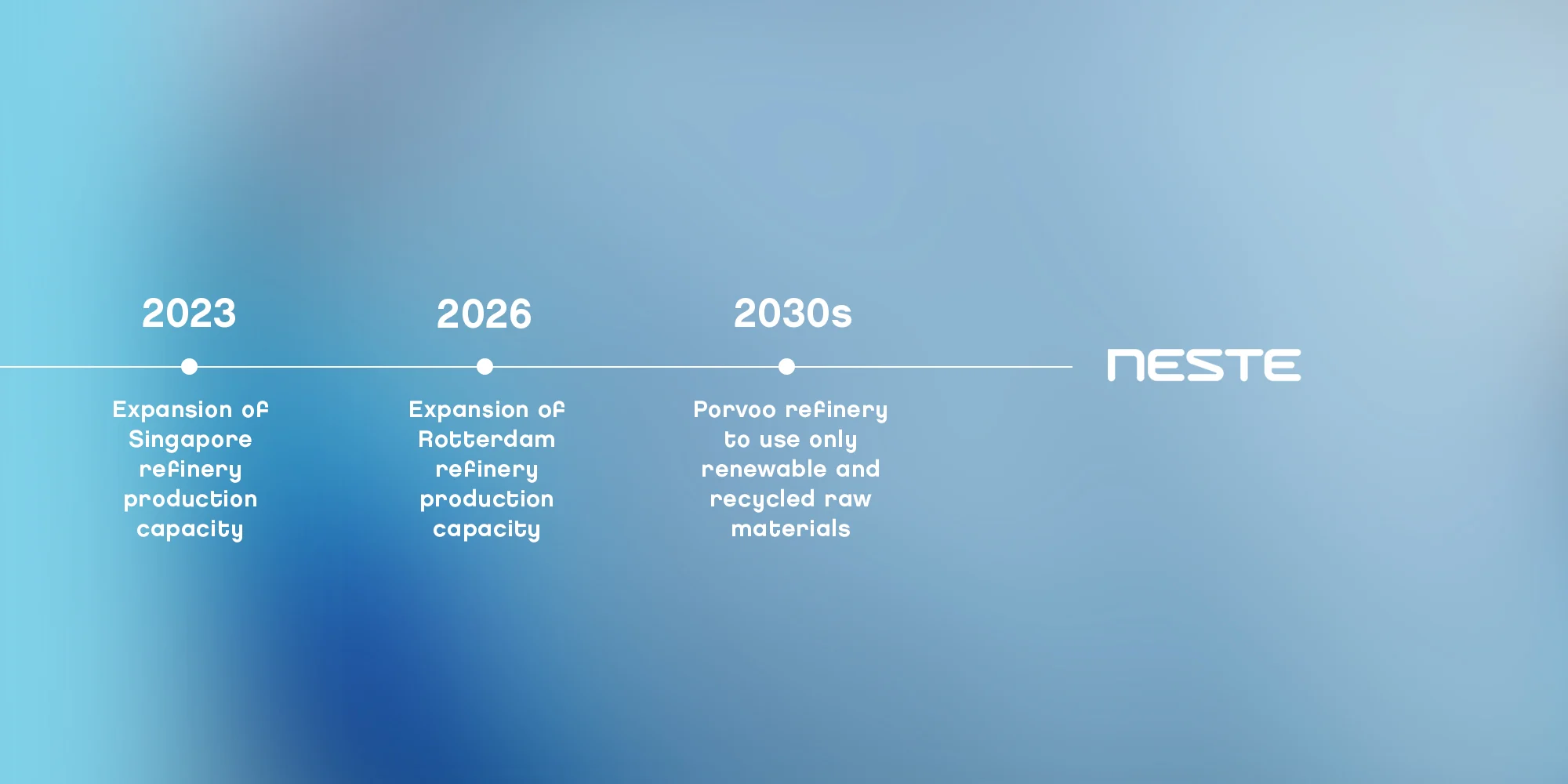
Expansion of production capacity of renewables, development of chemical recycling capacity to tackle global plastic waste challenge, and explorations of new innovations are a focus of Neste’s growth strategy also in the future. Currently the company explores new scalable raw materials and technologies from Power-to-X, renewable hydrogen, algae, lignocellulose and municipal solid waste.
President and CEO Matti Lehmus strongly feels every possible solution is needed to stop global challenges such as climate change and biodiversity loss. “Climate change will not wait for better times. We will need to reduce emissions in all sectors: land, air and sea, in all industries and areas of life. We need to act now to live up to our purpose of creating a healthier planet for our children.”
After 75 years since it was founded, Neste is now in a strong position to continue its growth and transformation. The world is going through changes but Neste and Neste people are committed to taking charge of that change: “I am truly excited about what we have already accomplished together with our customers and partners – and I believe we have a fantastic journey ahead of us,” Lehmus summarizes.
